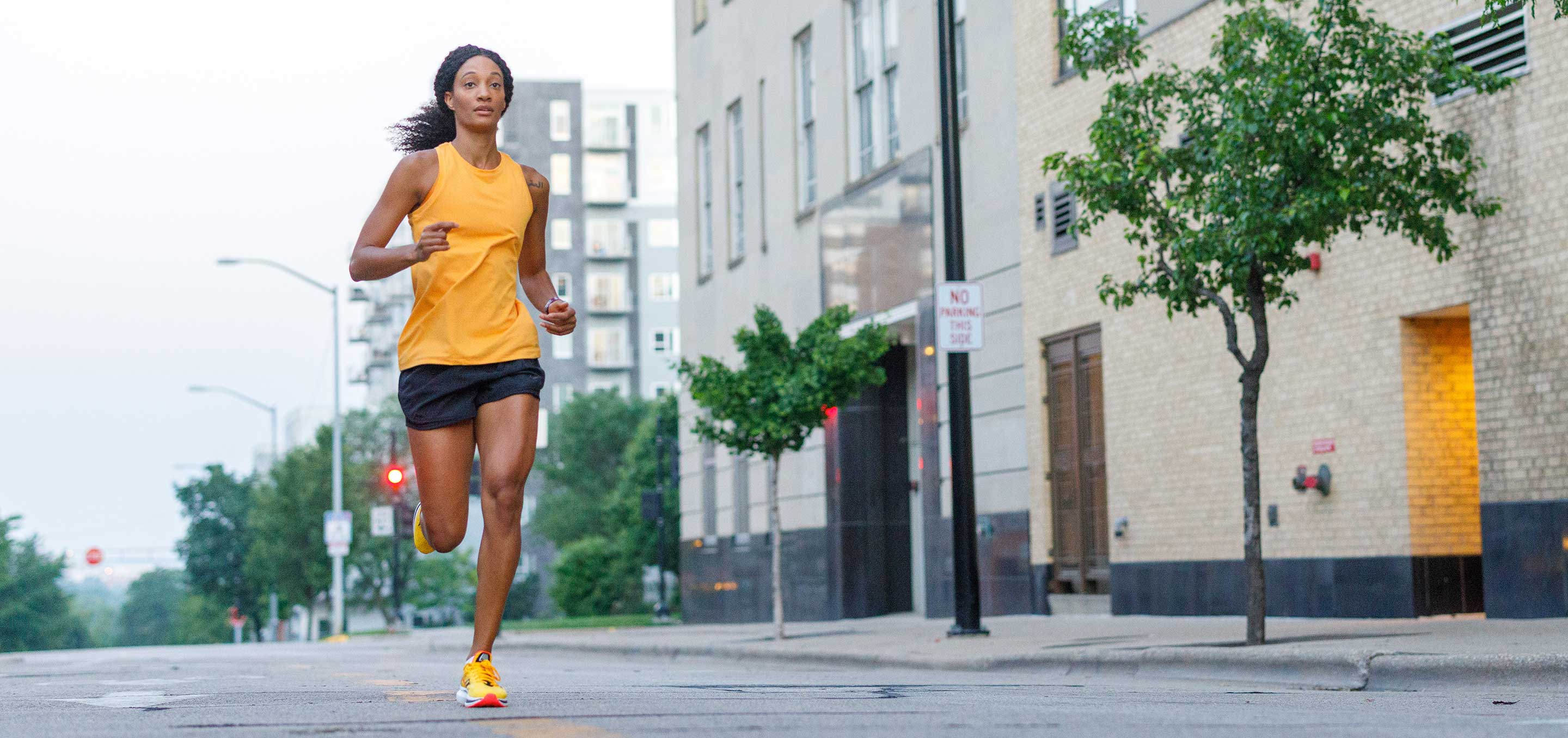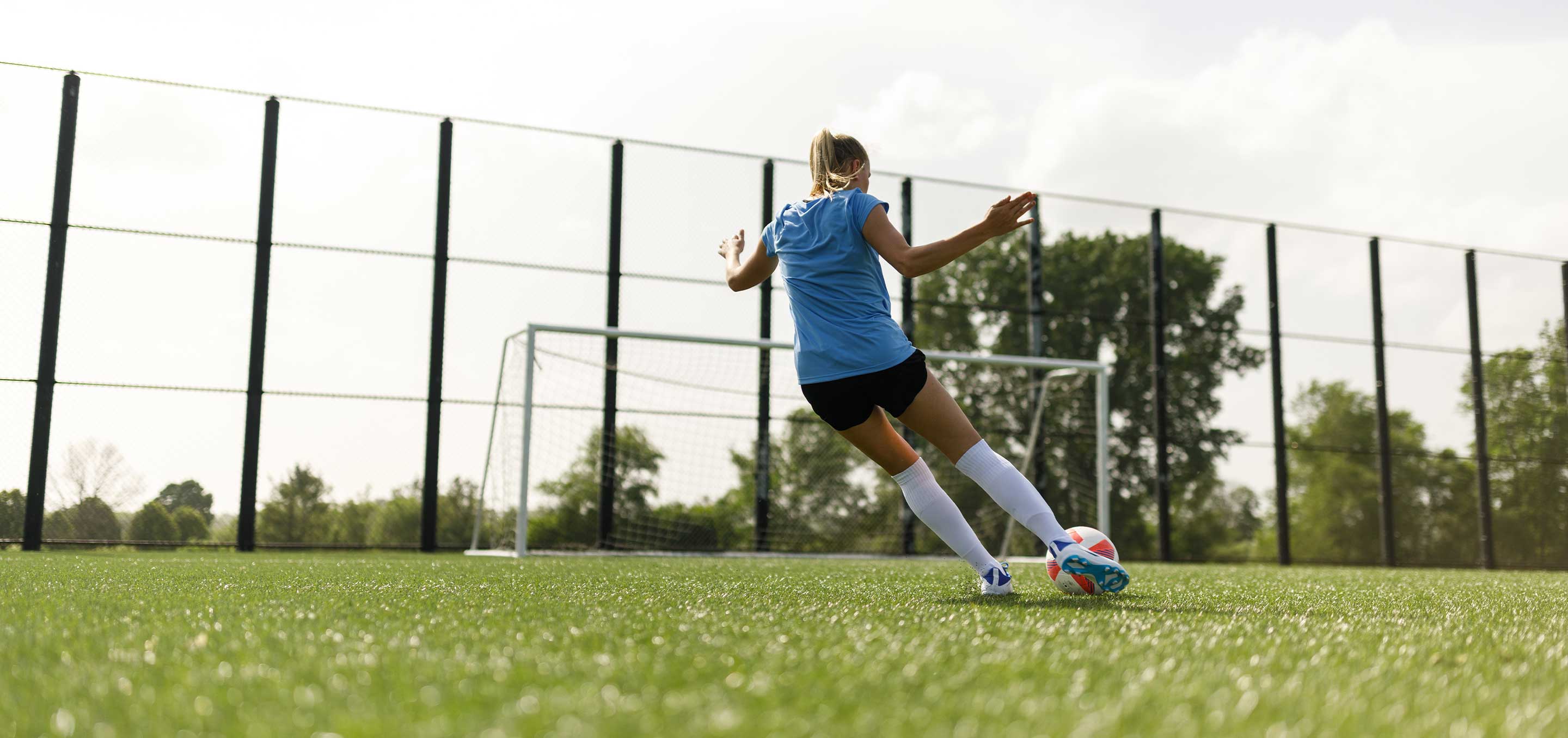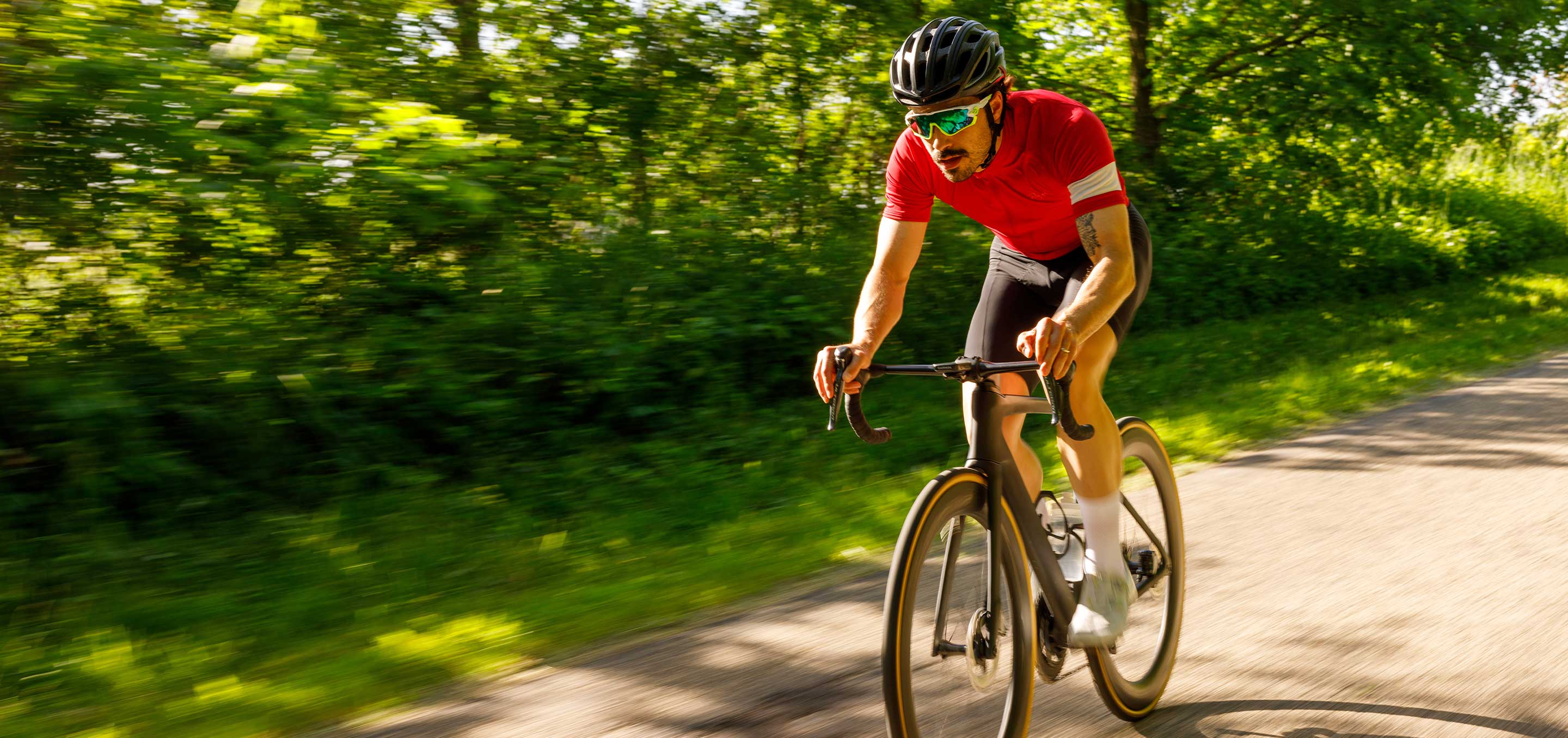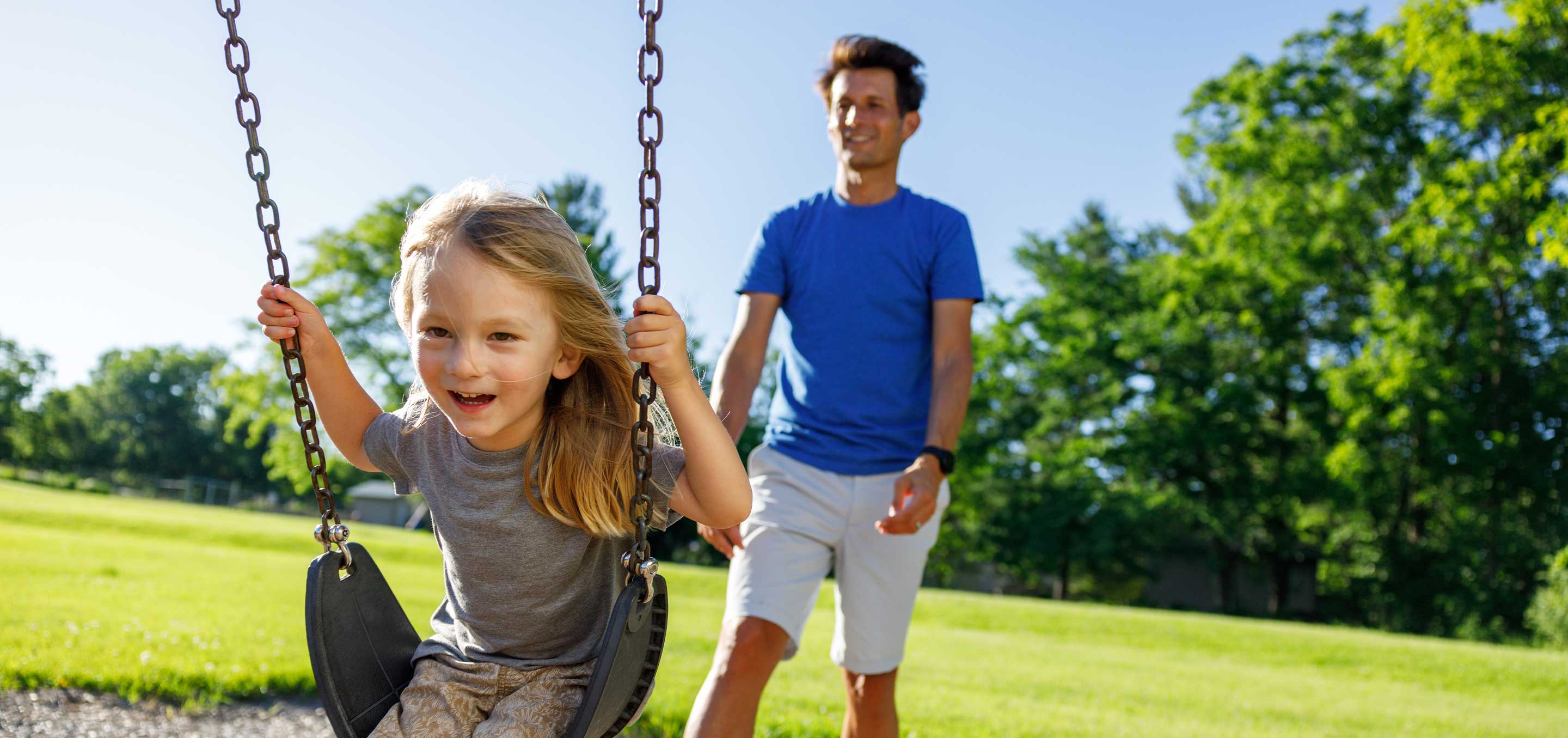Strength Training for Pickleball Players
Pickleball has exploded in popularity, and for good reason. It’s fast, social, and accessible for athletes of all levels, but the explosive movement required means the game also places unique demands on your body. Without the right strength and stability, those demands can quickly turn into hip, knee, or foot injuries.
Strength training may not be the first thing that comes to mind when you think of pickleball, but it’s one of the best ways to improve your game and protect your body. By building stronger muscles, joints, and stabilizers, you’ll move more efficiently, recover faster, and reduce your risk of injury, all while enjoying more time on the court.
Why Strength Training Matters in Pickleball
Pickleball isn’t just about hand-eye coordination. Every point requires sharp lateral shuffles, quick pivots, deep lunges, and sudden bursts of speed. These movements challenge the hips, knees, and feet, and if those areas aren’t supported by strength and stability, overuse injuries can develop.
The importance of strength training for athletes and people who play sports for fun, pickleball players included, goes beyond muscle growth. It improves balance, endurance, agility, and resilience, making it easier to handle long rallies and multiple games without fatigue. In short, the stronger your foundation, the better your performance.
Common Pickleball Injuries & How Strength Training Helps
Even though pickleball is low-impact compared to sports like basketball or tennis, injuries still happen. The most common ones affect the hips, knees, and feet. Let’s break them down.
Hip Strains and Weakness
The challenge: Frequent lunges and side-to-side moves put stress on the hip flexors and glutes. Weakness in these muscles can lead to strains and reduced mobility.
The fix: Strengthen the glutes, hip flexors, and core. Strong hips stabilize your movements, letting you lunge deeper and recover faster.
Knee Pain and Ligament Strain
The challenge: Quick direction changes put stress on the knees. Without proper strength in the surrounding muscles, players risk ligament strain or pain from overuse.
The fix: Build strength in the quads, hamstrings, and calves to give knees the stability they need. Stronger muscles absorb force, protecting the joints.
Foot and Ankle Injuries
The challenge: Sudden pivots and constant stops put pressure on the feet and ankles. Without support, this can lead to sprains or plantar fatigue.
The fix: Strengthen the calves and intrinsic foot muscles. Add stability training to improve balance and reduce the risk of rolling an ankle. Supportive gear like CURREX PICKLEBALLPRO® insoles helps absorb impact, reduce fatigue, and stabilize natural foot movement.

Key Strength Training Exercises for Pickleball
Building strength doesn’t require a gym full of equipment. Many of the best exercises for pickleball players use just bodyweight or resistance bands. Try adding these to your weekly routine:
-
Squats – Build quad and glute strength for better knee support and stronger lunges.
-
Lunges (forward and lateral) – Mimic pickleball’s most common moves while improving balance and hip stability.
-
Glute Bridges – Strengthen the posterior chain, especially the glutes, to stabilize hips and protect the lower back.
-
Calf Raises – Improve ankle stability and strengthen calves to handle quick starts and stops.
-
Planks and Side Planks – Build a strong core for better balance and rotational power.
- Single-Leg Balance with Reach – Strengthen small stabilizing muscles in the foot and ankle to reduce injury risk.
A Simple Pickleball Strength Training Routine
Here’s an easy workout you can do 2–3 times per week:
Warm-Up (5–10 minutes): light jogging, dynamic stretches, lateral shuffles.
Circuit (2–3 rounds):
- 12 squats
- 10 forward lunges per leg
- 10 lateral lunges per side
- 15 calf raises
- 30–60 seconds plank hold
Cool-Down (5 minutes): hip stretches, hamstring stretches, ankle mobility.
This routine targets the hips, knees, and feet, the exact areas stressed most during pickleball. It’s quick, effective, and keeps you strong and injury-resistant.
Training Smarter, Playing Longer
Strength training for pickleball isn’t about bulking up, it’s about moving better, preventing injuries, and extending your time on the court. Just two or three short sessions per week can make a noticeable difference in how you play and how you feel after games.
Pair that with the right recovery strategies, stretching, hydration, sleep, and supportive gear like PICKLEBALLPRO® insoles, and you’ll be set up for long-term success. Engineered with Dynamic Arch Technology (DAT), PICKLEBALLPRO insoles adapt to your unique arch height, improving stability during quick lateral movements while reducing foot fatigue. That means fewer aches and more energy for the next rally. If you need help figuring out which PICKLEBALLPRO insole works best with your foot, check out our Insole Finder.
The goal is to stay active longer. Strength training keeps your body durable, while smart support helps you play harder without paying for it later.
Pickleball Strength Training FAQs
Q: Why is strength training important for pickleball players?
A: Strength training improves performance, builds stability, and helps prevent hip, knee, and foot injuries common in pickleball.
Q: What are the benefits of strength training for athletes?
A: For athletes, strength training increases endurance, reduces fatigue, and protects joints, allowing for more efficient movement in competition.
Q: What is the best pickleball strength training routine?
A: A balanced routine includes squats, lunges, calf raises, planks, and balance drills, exercises that target hips, knees, and feet.
Q: Can strength training prevent pickleball knee injuries?
A: Yes. Strong quads, hamstrings, and calves help stabilize the knees, reducing the risk of strains and overuse injuries.
Q: Do insoles help prevent foot injuries in pickleball?
A: Yes. CURREX PICKLEBALLPRO® insoles provide shock absorption, grip, and arch-specific support to reduce fatigue and protect against injury.








